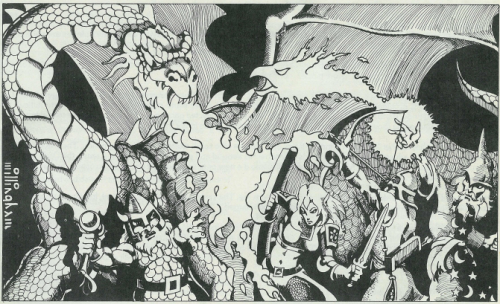Hadn't heard of it before checking those links.
While I certainly get the idea of ranking things, I always think of it as ranking individual items rather than groups (e.g. ranking the NHL teams from 1 to 32 rather than just splitting them into 5 ranked tiers or groups).
Ranking individual things makes the most sense when you have a bunch of at least theoretical peers, all competing for the top spot--the specific intent of a tournament or a competitive sport season is to win the grand prize/cup/bowl/etc., so there
will ultimately be a single winner.
For things where there are a large number of options and none is necessarily "the very best", bands/categories/tiers are much, much more common and fitting, because something being A-tier doesn't mean it's strictly better than B-tier, for example, but rather that it has more "going for it" than the thing in B-tier. You see the exact same sort of thing in all sorts of charop guides, just using colors instead of labelled tiers (in 4e, most guides used gold/teal/blue/black/purple/red to range from "unless you simply can't, you MUST take this" down to "absolutely avoid this at all costs unless you simply can't"; in 5e guides, it's usually a rainbow scheme, generally with blue/purple being the best and orange/red being the worst.)
Because, as an example,
fireball is a strong offensive spell, but that doesn't mean it fits on a clean one-by-one hierarchy where
fire storm is specifically #12,
fireball is specifically #11, and
flaming sphere is specifically #10. There are too many different benefits, too many different metrics, to make a single well-ordered numbered sequence. But if, for example, comparing subclasses? It's almost certainly not truly accurate to say that X subclass is the first, Y is the second, Z is the third, etc. Instead, you'd say that (frex) of 5.0 Barbarian subclasses, Totem and Beast are both good but for different reasons, while Berserker is absolutely crap and should be avoided at all costs. That's how you capture things like "different people want different things and have different priorities", while still recognizing that some designs are just really awful while others are good or even great.




